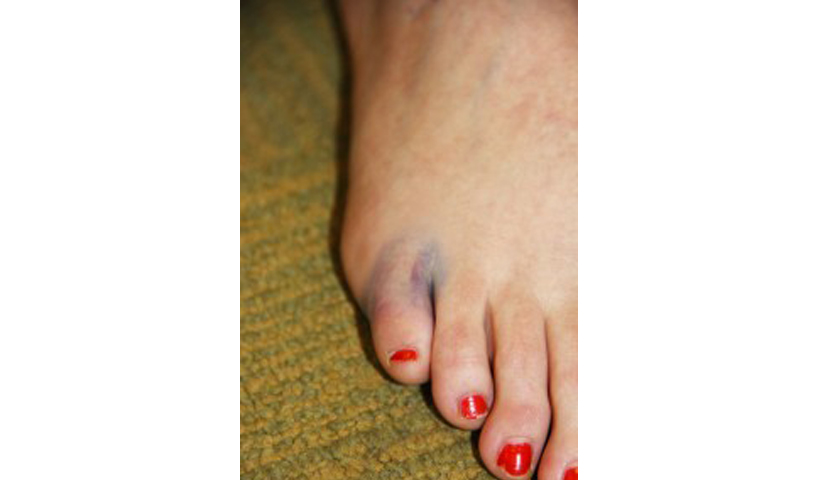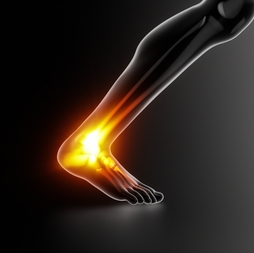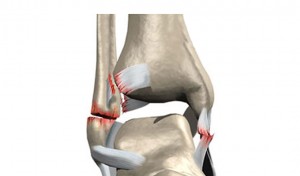Lumps and bumps can appear anywhere on your feet, from ganglions on the top of your foot, to mucoid cysts on your toes, to plantar fibromas underfoot. Virtually all of these growths are benign and not associated with cancer, and most are asymptomatic on their own. However, a growth in a troublesome spot can cause pain and discomfort in the surrounding tissues. It’s best to get them checked to make sure they aren’t going to cause problems.
Know Your Foot Cysts: Types and Symptoms
A number of different growths can form on your feet. Some of the more common types are listed below.
Ganglions
These soft-tissue masses originate from tendon sheaths or joint capsules. They look like knots, are filled with a jelly-like fluid, and are most commonly found on the top of the foot. They can cause discomfort if they’re pushing on a nerve, tendon, or joint. The bump may also become irritated when constantly rubbing against footwear.
Mucoid Cysts
These sacs are, essentially, ganglion cysts that appear on the toes, often at a joint or nail fold. They’re most common in older adults, generally forming between the ages of 40 and 70.
Inclusion Cysts
Also called epidermoid or epidermal, these are lumps of keratin that form just underneath the skin anywhere on your body. They often form in the wake of mild skin injuries like cuts or scratches, and are usually quite small—often only a few millimeters, though occasionally up to 5 cm.
Sebaceous cysts
The word “sebaceous” is used by some doctors interchangeably with “inclusion” or “epidermoid.” However, the true sebaceous type are filled with sebum and occur only in the skin’s oil glands.
Plantar fibromas
Fibromas are knots along the arch in the plantar fascia, a bundle of thin tissue that runs from your heel to your toes. Because they often sit on a load-bearing portion of your foot, they can create discomfort while standing or walking—you may feel like a small pebble is constantly stuck in your shoe.
Diagnosing and Treating Your Growth
If a mass is asymptomatic and not causing any trouble, treatment ultimately may not be necessary. However, you need to get the mass evaluated as soon as possible by the expert doctors at Country Foot Care in order to make sure that the lump is truly benign and not a pre-cancerous development. At our Long Island offices, we can perform a diagnostic ultrasound to quantify the size of the mass. This process is completely non-invasive. In some cases, we may also need to order an MRI to identify the exact type of cyst, and/or perform a biopsy to conclusively establish whether it is benign or malignant.
Depending on the type and location of the growth, various conservative methods of treatment or containment may be considered or attempted. Custom orthotics, steroid injections, soaks, heat and compression, fluid draining, and other non-surgical procedures are just a few of the common options. However, if it is determined that the cyst is non-cancerous and it isn’t causing you any discomfort, you may opt just to let it be. Just keep monitoring the affected area closely over time to make sure it isn’t getting any larger or more painful.
If the conservative methods fail, surgical procedures may be required. Again, the type of surgery performed, as well as the procedures for recovery, will depend on the type, size, and location of the sac.
If you notice a bump anywhere on your feet or ankles, contact Country Foot Care for a thorough evaluation. The lump may not be cancerous, but it can still cause problems and should be examined by the experts in order to provide you with the information you need to make an informed decision about your health care. Appointments to meet with our expert doctors an be made either online using the MAKE AN APPOINTMENT button at the top of this page or by calling either of our locations directly.




